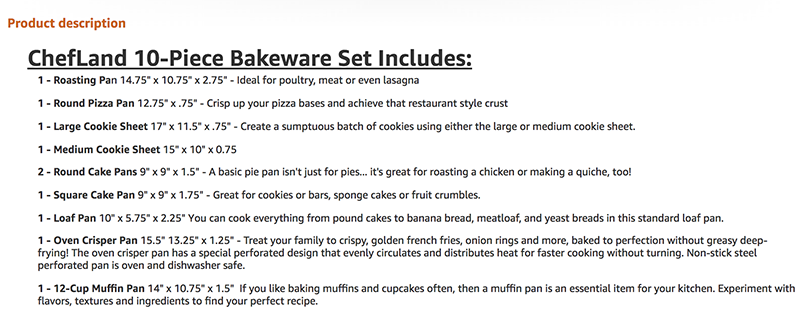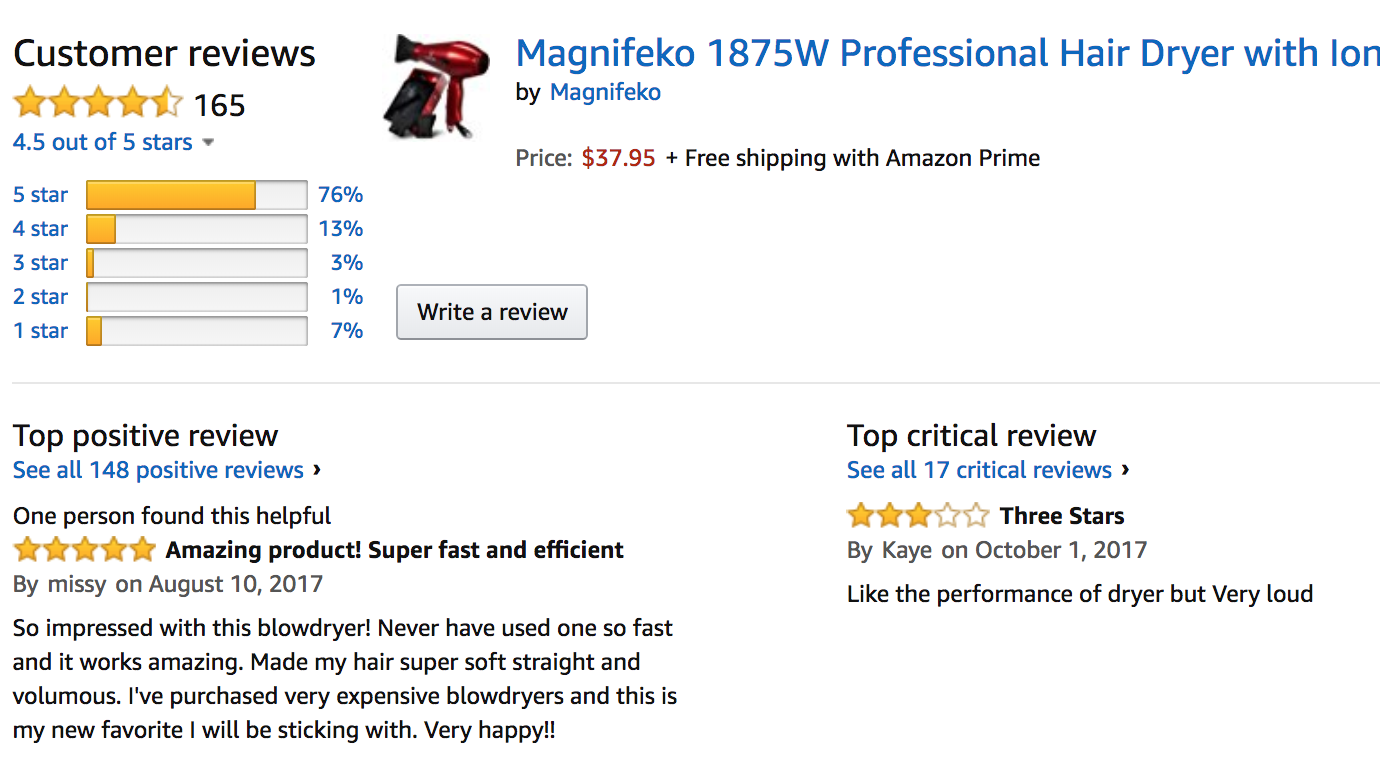
Business • Marketplaces


Amazon isn’t just a marketplace, it’s a really powerful search engine, just like Google. And customers must be able to find your products before they can buy your products. Optimising your product listings on Amazon for search is one of the first steps to increase your visibility on the platform and win those sales.
As Amazon has now launched in Australia, you could begin by analysing the listings of successful products on Amazon Australia and the US, or, you can read this article. Luckily, optimising for Amazon search is pretty straightforward once you understand the factors that are at play.
Here are seven key areas of a product listing to pay close attention to, and if done right, they will help boost your products’ visibility and increase ROI.
Select precise categories and choose the most accurate keywords for your product listing; this will help customers narrow their search and easily identify the products they are after. Resist the temptation to choose keywords and categories based on popularity, and don’t overload your titles with keywords (known as keyword stuffing).
You can also incorporate ‘hidden keywords’ into your listing, so for example if you are selling headphones, you may want to target ‘earbuds’ and ‘earphones’ as your hidden keywords.
As traffic on Amazon Australia increases, the Amazon search engines will naturally begin to assign trust rankings to sellers. This is the same way that every major search engine works. The more precise you are with your listings, the more Amazon will prioritise your listings over time.
Amazon lays out clear guidelines on what to and what not to do with your product listing, and they won’t hesitate penalising those who don’t comply, so if in doubt, check them out.
Depending on the product category, Amazon product titles are generally limited to 200 characters and you should use these characters wisely.

Amazon titles are meant to be keyword-heavy descriptors, including all of the most important information like brand name, colour, size etc. There are strict style guidelines for titles which vary based on your product category, but titles typically follow this format:
Brand + Model + Product Type
As with anything you put online, ensure your titles are free from spelling and grammatical errors, and accurately describe your product.
Sellers have nine image slots for each product on Amazon. As with the 200 character titles, these image slots are there to be used. Check that your images are
Produce both solo shots and lifestyle images (showing your product being used) for best results. Ensure that you also include a photo that shows the size of the product. Keep your captions to less than six words, and squeeze in as many keywords as possible.

The bullet points to that appear immediately to the right or below the main image on your listing page are reportedly weighted more heavily than the more detailed Product Description found further down the page. Sellers can populate these bullet points as they please, but as a start Amazon suggests:
In the example below, the bullet points describe both the key technical specifications of the hairdryer (the construction) in the wattage, heat and speed settings, and attachments, as well as the benefits of these features; e.g. the ceramic coated grill produces infrared heat 'fast-drying hair from the inside out'.

Some other tips for writing good bullet points include
Lower down on the page is your product description, which is an opportunity to expand upon the above bullet points. People don’t buy just because of features, and unless you’re talking to a highly technical audience, you will want to make this section as persuasive as possible; descriptions that are rich in benefits will sell.
Make a list of all of the features and specifications of your product and then translate them into benefits. Put yourself in the shopper’s shoes and think about what questions you would need answered before you make a purchase—how is your product making the shopper’s life better and what problems does it help them avoid? For example, a hair product might improve the shopper's life by increasing shine, and help them avoid frizz.
This ChefLand bakeware set describes a benefit or use for each of the pieces included.

The more reviews your listing receives, the more easily Amazon categorises your listing. This is because reviewers tend to include relevant keywords naturally in text. The Amazon search function prioritises listings with more reviews—positive or negative (and it can tell the difference).

But what’s even more important than getting reviews is getting great reviews. And the best way to achieve this is by
By always taking that extra step to help your customers find the right product, you build trust and are on your way to turning them into repeat customers.
It is also important to avoid asking for reviews directly or indirectly - whether it’s via the Amazon buyer-seller messaging system or even in a slip of paper in your package. Do not include any language in your Amazon text that promotes a reward for leaving a review. Amazon will find this text and penalise you. Most experts agree that you should not incentivise reviews in any way.
| Related Reading: How to Sell on Amazon Australia and Other FAQs
All the sections above play a part in determining your overall product ranking on Amazon. In turn, this ranking helps to determine your overall visibility on the site. Think of success on Amazon as a cycle—if you build momentum through a great listing and pair it with excellent before and after-sales service, that success will continue to build on itself and you are bound to establish yourself as a trusted and recommended Amazon seller.
Like Google, Amazon has inspired many third-party optimisation apps. The Jungle Scout Product Listing Grader is a third-party app that will help you find profitable product ideas, get sales data and estimates and create the best product listing possible. You will get a grade on every aspect of your listing.
Also like Google, Amazon views duplicate content as spam and penalises accordingly; your current listings will lose visibility and it may affect your your trust factor for any future listings created under the same Amazon account. Even if you have a product line with the same general listing, do your best to vary the text within them. Be sure to also vary the text that you use on Amazon with the text that you use on your other ecommerce sites. Amazon is a completely self-contained entity, but other search engines are not. You may be penalised by Google for using the same text on Amazon and on your landing page, for example.
By using these key points as a guide, not only will you optimise your product listings on Amazon, but more importantly, high-quality product listings help you get the right traction to be recognised as a top Amazon seller.
Interested in getting started with Amazon? Start a free trial or download our free Amazon Guide.

At Neto, we‘ve been helping stores sell on eBay, and through online and physical stores for over eight years, and now we’re getting ready to help stores sell on Amazon. For those wanting to leverage the Amazon channel, investing early in the technology that enables you to seamlessly surface your inventory may give you a unique opportunity to gain a first-mover advantage.